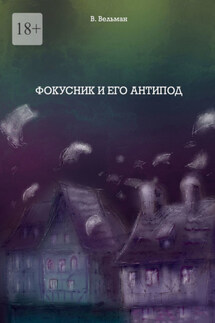PSYCHOLOGY OF BUDDHISM: A practical guide to self-knowledge - страница 6
The Dalai Lama, like a poet, calls this basic nature of the mind "clear light." This is a very beautiful metaphor. Imagine a cloudless night sky strewn with stars. The sky itself is clear, and the stars are the objects of our cognition. The light emanating from the stars becomes visible through this clarity.
In the Buddhist tradition, different terms are used to refer to the mind, like different facets of the same gem. In Sanskrit, the word is citta, and in Tibetan, it is sems. These words encompass a wide range of mental activities, from the simplest sensations to the most complex intellectual processes.
In order to better understand how our minds work, Buddhist psychology, like a skilled cartographer, offers different classifications of mental activities. One of the main ones is the sevenfold division of types of perception, which is as if we divide all the ways in which our minds interact with the world into seven main categories.
Imagine how we perceive the world through our five senses: sight, like a window through which we see the colors of the world; hearing is like an instrument that catches the sounds of life; the sense of smell, like an invisible thread that connects us with aromas; Taste, like the palette of sensations on the tongue; and touch, like touching reality. These are five of the seven parts. The sixth part is our mental perception, like the inner voice that generates thoughts and ideas. The seventh part is our consciousness, like the conductor of an orchestra, combining all these types of perceptions into a single stream of experience.
This division, like the anatomy of the mind, helps us understand that our mind is not just a homogeneous mass, but a complex system consisting of various aspects, each of which plays a different role in our perception of reality.
Remember how you look at the picture. Your eyes (vision) perceive colors and shapes like a painter capturing details. At the same time, you can hear sounds around you (hearing), like a melody accompanying a visual image. Thoughts and associations associated with this picture (mental perception) arise in your mind, like an internal dialogue interpreting what you see. And all these sensations and thoughts come together in your mind, like threads weaving into a tapestry, creating your holistic experience of this moment.
Exploring these different aspects of the mind, like diving into the depths of the ocean, allows us to better understand how our thoughts and emotions arise, how we form our view of the world, and how we react to different situations. This is the first step on the way to learning to control your mind like a rider bridling a wild steed, and to live more consciously and happily.
The Sevenfold Division of Types of Perception (Tib. blo rigs bdun)
Now let's dive deeper into these seven facets of our perception, as if in the seven rooms of our minds, each of which reveals its own way of knowing the world.
Direct perception (Skt. pratyakṣa; Tib. mngon sum):
It's like a first look at the world, pure and unclouded by thoughts. Imagine looking at a bright red flower. At that moment, there are no judgments, no comparisons, just a pure visual sensation of the red color and shape of the flower. This is direct perception – pure sensory experience, free from conceptual layers.






